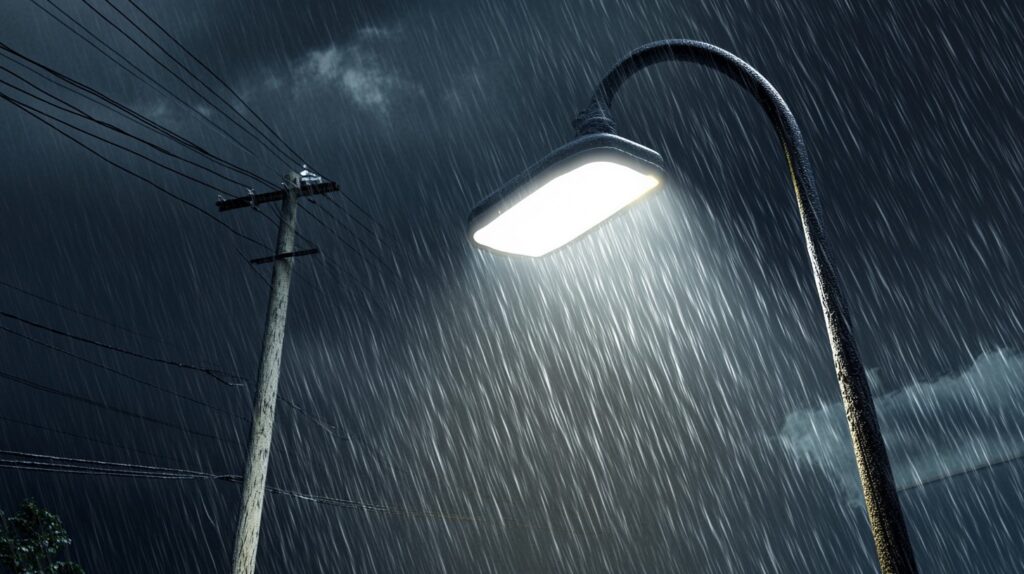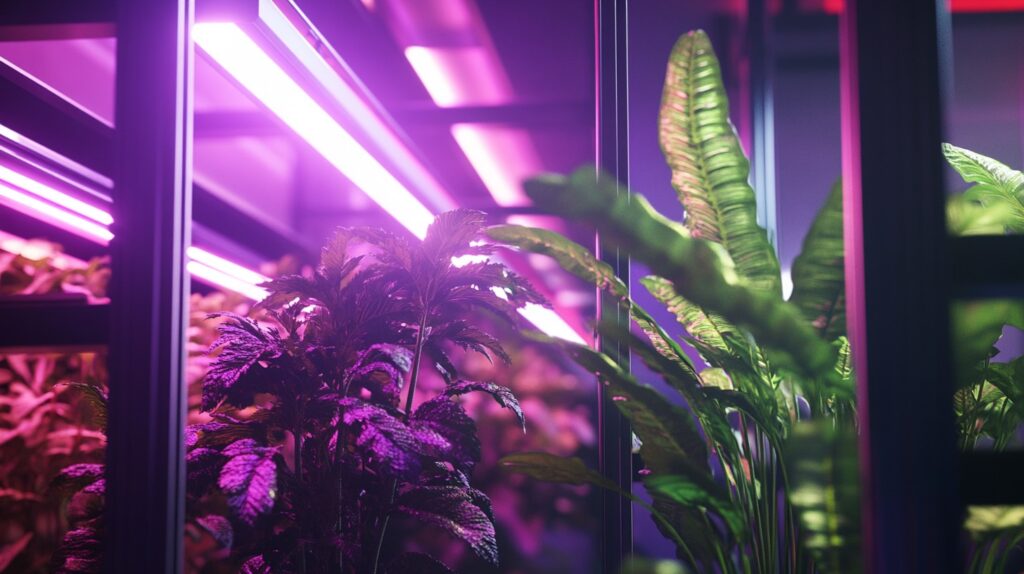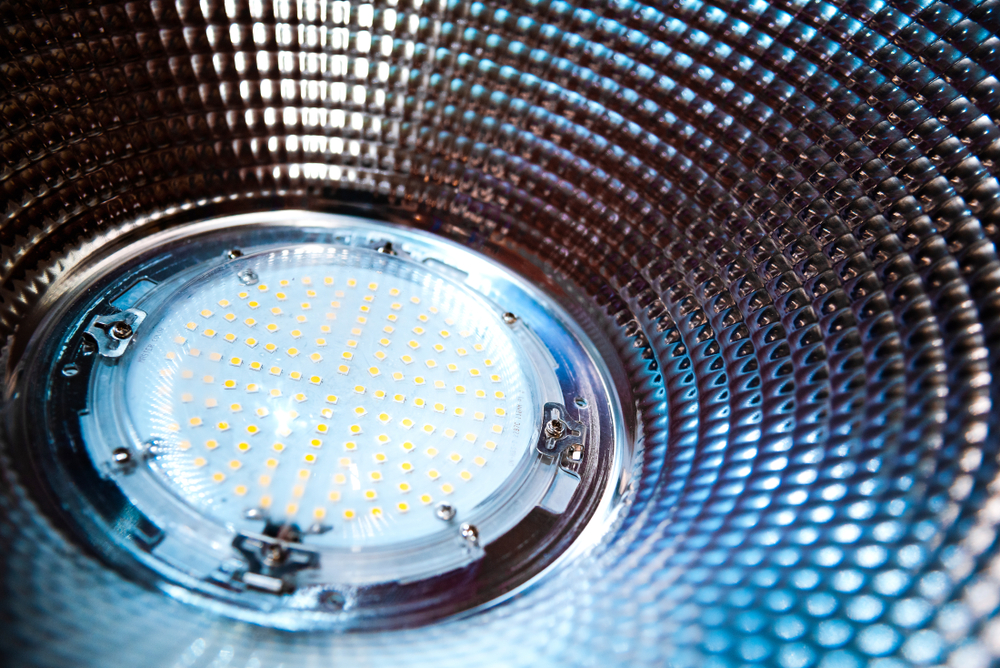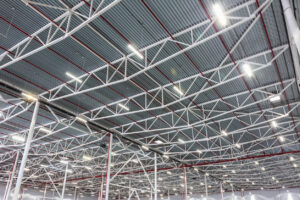From the screens of our smartphones to the headlights of our cars, LED technology is deeply integrated into our daily lives. Let’s delve into the science behind LEDs and explore why they are revolutionizing lighting across the globe.
What is an LED?
An LED, or Light Emitting Diode, is a semiconductor device that emits light when an electric current passes through it. Unlike traditional bulbs that use filaments or gases, LEDs produce light through the movement of electrons in a semiconductor material.
The Basics of LED Operation
- Semiconductor Materials: Typically made from elements like gallium, arsenic, or phosphorus.
- Electron Movement: When voltage is applied, electrons recombine with holes, releasing energy in the form of photons (light).
- Color Determination: The wavelength (and thus color) of the light depends on the semiconductor material used.
Advantages Rooted in Science
High Efficiency
- Less Heat Production: LEDs convert a higher percentage of energy into light rather than heat.
- Directional Emission: Light is emitted in a specific direction, reducing the need for reflectors and diffusers.
Durability and Reliability
- Solid-State Components: No moving parts or fragile filaments make LEDs more robust.
- Resistance to Shock and Vibration: Ideal for a variety of environments, including industrial settings.

Innovations Driven by LED Technology
Miniaturization
- Compact Designs: LEDs can be incredibly small, allowing for innovative lighting designs and applications in tight spaces.
- Integration into Electronics: From TVs to smartphones, LEDs enable thinner, more efficient screens.
Color and Control
- Wide Color Range: By adjusting semiconductor materials or using phosphor coatings, LEDs can produce a broad spectrum of colors.
- Dynamic Lighting: LEDs can change color and intensity instantly, enabling features like dimming and color tuning.
Environmental Impact
Energy Conservation
- Reduced Power Demand: Lower energy consumption decreases the strain on power grids and reduces the need for fossil fuel-based electricity generation.
Lower Emissions
- Decreased Greenhouse Gases: By using less electricity, LEDs contribute to lower CO₂ emissions from power plants.
Applications Beyond Illumination
Horticulture Lighting
- Optimized Growth: LEDs can be tuned to specific wavelengths ideal for plant growth, enhancing agricultural productivity.

Medical and Scientific Uses
- Phototherapy: LEDs are used in treatments for skin conditions and mood disorders.
- Sterilization: UV-C LEDs can disinfect water and surfaces by destroying bacteria and viruses.
Economic and Social Implications
Accessibility
- Off-Grid Lighting: Energy-efficient LEDs powered by solar panels provide lighting in remote areas lacking electricity infrastructure.
Job Creation
- Growing Industry: The LED market’s expansion creates jobs in manufacturing, installation, and maintenance.
The Future of LED Technology
Continued Efficiency Improvements
- Research Advancements: Ongoing studies aim to increase the efficiency and lifespan of LEDs even further.
Integration with Artificial Intelligence
- Smart Lighting Systems: AI can optimize lighting based on occupancy, time of day, and user preferences, further enhancing energy savings.
Debunking Common Misconceptions
Blue Light Concerns
- Myth: All LEDs emit harmful blue light.
- Fact: While some LEDs emit blue light, warm white LEDs and those with proper phosphor coatings minimize blue light emission.
Complexity of Use
- Myth: LED systems are complicated to install and use.
- Fact: Many LED bulbs are designed as direct replacements for traditional bulbs, requiring no special equipment or knowledge.
Embracing LED Technology
Understanding the science behind LEDs highlights the remarkable innovation they represent. By choosing LEDs, you’re not just selecting a light bulb; you’re opting for a technology that offers efficiency, durability, and versatility.
Let’s Illuminate the Possibilities
Whether you’re a tech enthusiast fascinated by the science or someone seeking practical benefits, LED technology offers something for everyone. Embrace the future of lighting and discover how LEDs can transform your world.






